
Arborescences, watercolor on paper mounted on board, by Sandrine Pelissier
Here are a few tips for mixing a green color palette
- As with most things in art, one of the main challenges is learning to see the subtle differences in the infinity of variety of greens nature has to offer. Most greens in nature are on the warm side of green, which means that you can add a warm yellow of even touches of red to warm up your green tones. Some greens that come already mixed in a tube, like Phthalo and Winsor green, are on the cold side of green and would be rarely found in nature.
- To mix green you have the choice of mixing blue and yellow or to start with an already mixed green and then modify it depending on what you need. Both methods will work. Personally, as I am painting a lot of landscapes and forests, I find it more convenient to start with an already mixed green. The starting green I use in most of my forest landscapes is Sap green, which is a natural looking medium tone of green. I modify it depending on the green I need by adding a bit of yellow or blue, and I can darken it with burnt sienna or Payne’s gray or neutralize it by adding a bit of orange or red.
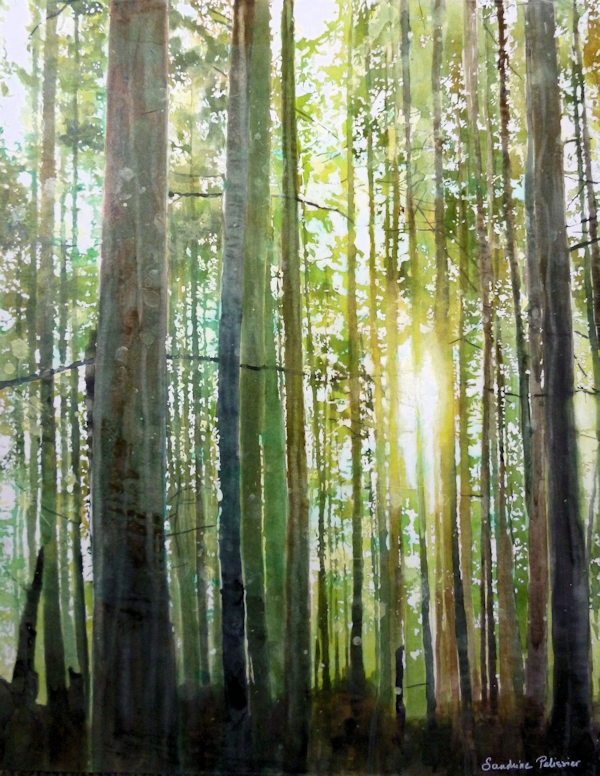
Princess Park, watercolor, and mixed media by Sandrine Pelissier
- When mixing green, try to avoid mixing more than three colors, that way your colors won’t be muddy.
- Yellow ocher is a bit opaque and will make your green a bit less luminous. I still like to use it sparingly in my green mixes.
- Mixing a color palette is useful so that you can refer to it when painting a watercolor landscape. Basically, it is a few color mixes you try on a paper and will be able to replicate as you need them.
Here are two color palettes I made with some examples of the green mixes you can achieve either by starting with a green color or by mixing it from blue and yellow.
The first palette shows the variation of greens you can obtain by starting with an already mixed green, here I used Sap green and how they look when neutralized with burnt sienna or red.| Sap Green | 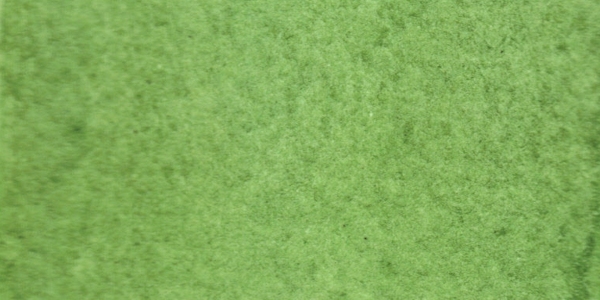 |
| Sap Green andLemon Yellow | 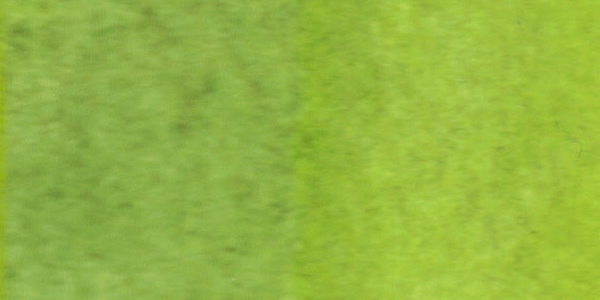 |
| Sap Green andCadmium Yellow | 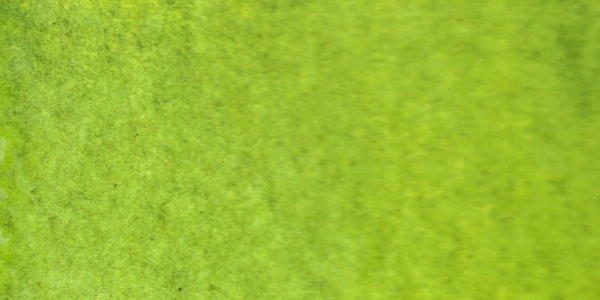 |
| Sap Green andCadmium orange |  |
| Sap Green andYellow Ochre |  |
| Sap Green andPhtalo Blue | 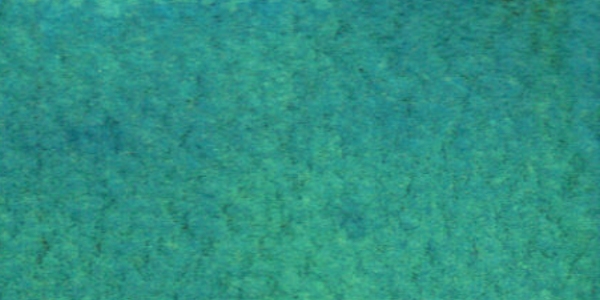 |
| Sap Green andUltramarine Blue | 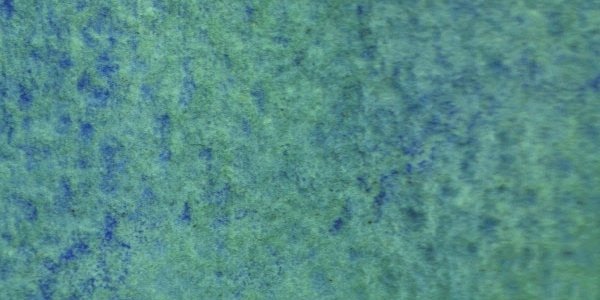 |
| Sap Green andCobalt blue |  |
| Sap Green andPermanent red | 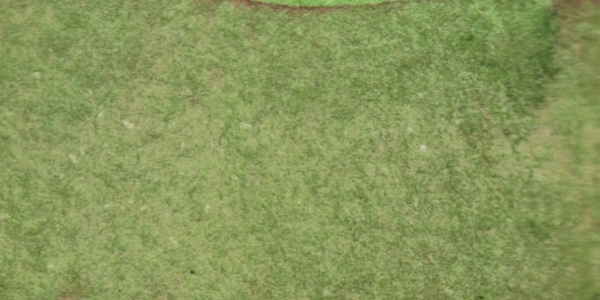 |
| Sap Green andBurnt Sienna | 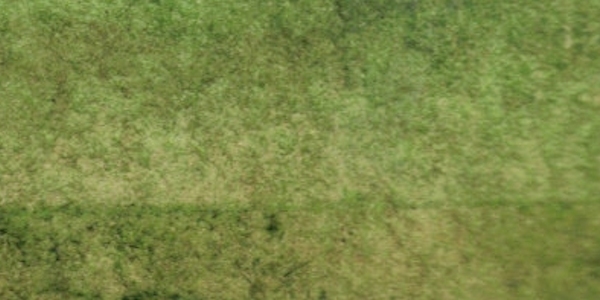 |
| Lemon Yellow | Cadmium Yellow | |||||
| andRed | andBurntSienna | andRed | andBurntSienna | |||
| Phtalo Blue | 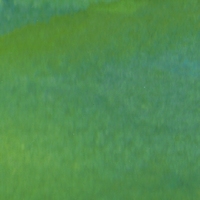 |
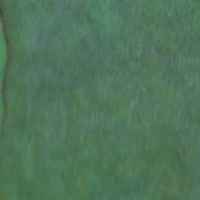 |
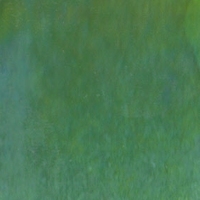 |
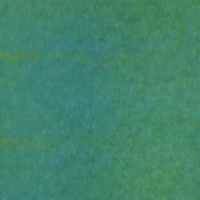 |
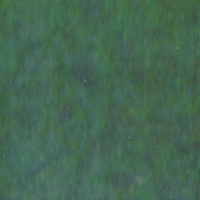 |
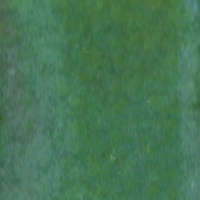 |
| Ultramarine Blue | 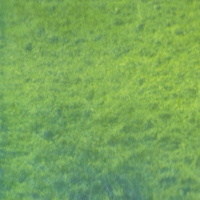 |
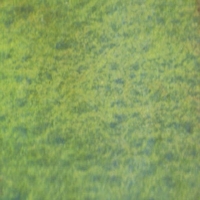 |
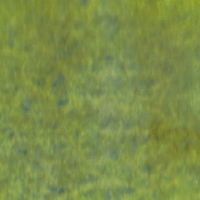 |
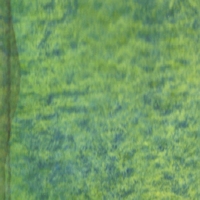 |
 |
 |
| Cobalt Blue |  |
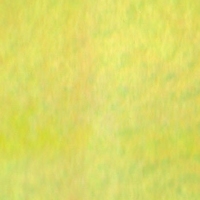 |
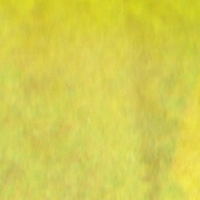 |
 |
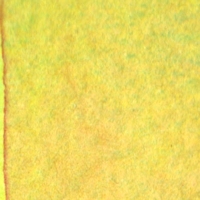 |
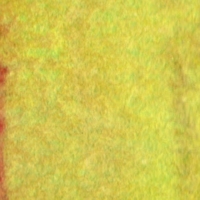 |
[box type=”shadow”]Learn more about how to achieve ideal color combinations in Master Palettes: Exploring Color Mixing.[/box]

Share tips, start a discussion or ask one of our experts or other students a question.
No Responses to “Fine Art Friday: Mixing a Green Color Palette in Watercolors”